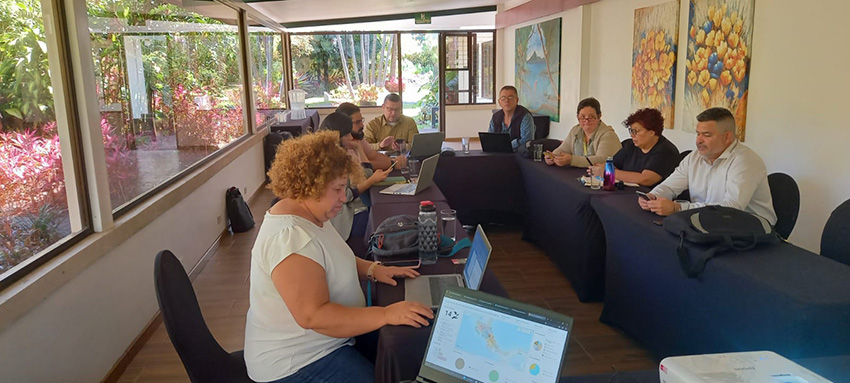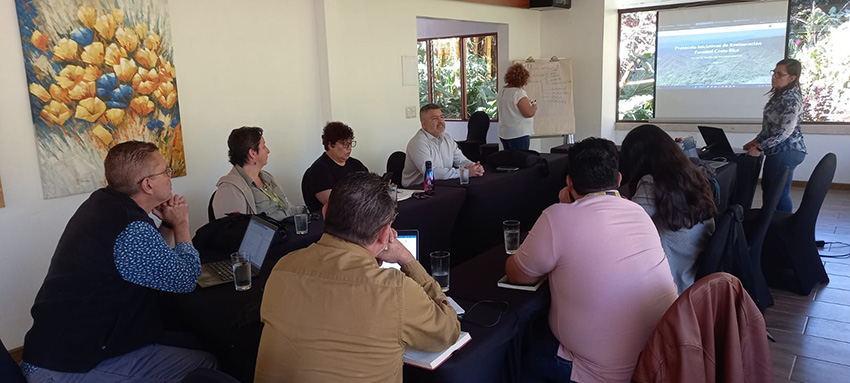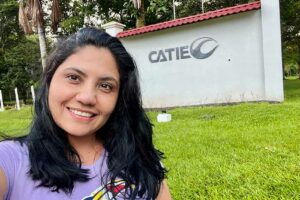Results of data collection on landscape restoration initiatives in Costa Rica reviewed

- SINAC and CATIE officials held a workshop to review the instrument that collects national data on restoration initiatives.
February 21, 2023. Following the implementation of an instrument for collecting, analyzing and visualizing information on landscape restoration initiatives in Costa Rica, a workshop was held on February 20 to review the results obtained, with the participation of officials from the National System of Conservation Areas (SINAC, its Spanish acronym) and researchers from the Climate Action Unit of CATIE (Tropical Agricultural Research and Higher Education Center), who designed and tested the instrument with various users as part of the validation of the tool.
CATIE is carrying out this project with financial support from the World Recources Institute (WRI) and consists of three phases: creation of an intelligent data collection tool to document the country's various restoration initiatives; data analysis and real-time visualization to facilitate decision-making; and measurement of the country's level of progress in landscape restoration in order to adjust the strategies currently being implemented.
After the workshop and following the observations made by the SINAC representatives, the instrument used to collect the information will be adjusted according to the needs of this institution to move on to a phase of initial data collection to feed the system. The process is expected to continue with a national data collection aimed at public and private actors, which will allow the authorities to make decisions in real time, generate key reports for compliance with international restoration commitments and innovate in the processes that are carried out.
Mario Coto, technical director of SINAC, noted the importance of advancing in the use of technological tools such as this one, which strengthen institutional action and reflect the real efforts that the country has been making for several decades in landscape restoration. For her part, Milena Gutiérrez, coordinator of the SIREFOR National Program, stressed the need for the tool to be simple and accessible to the actors who would be responsible for completing the information and would speed up SINAC's work of analysis and decision-making in restoration.
Finally, Róger Villalobos, researcher at CATIE's Climate Action Unit and leader of this project, pointed out that the system is flexible and allows the possibility of adding variables over time, so that it can be adapted to current and future needs.
Landscape restoration is a way of optimizing land use, generally to return a landscape to a state in which it has a minimum set of biophysical characteristics.Whitbread-Abrutat (2012) posits as a definition of landscape restoration: the enhancement of degraded land on a large scale, which rebuilds its ecological integrity and improves people's lives.

Written by:
Karla Salazar Leiva
Communicator
Information Technology and Communication
CATIE



